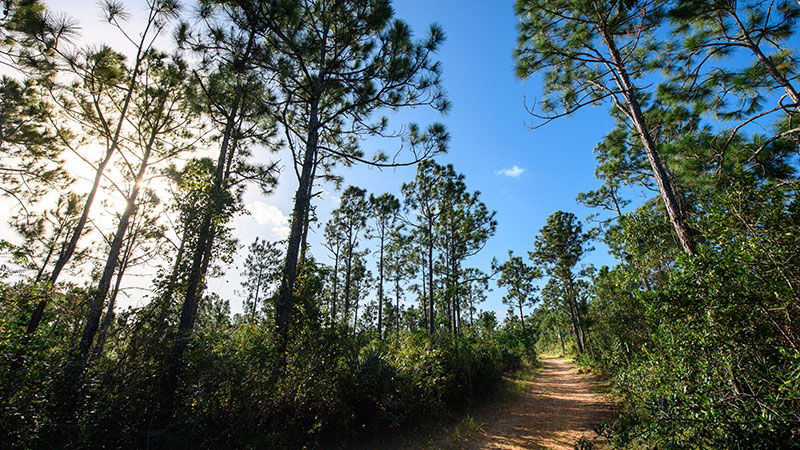
Protects and restores land and water ecosystems that support our communities, safeguard wildlife, and ensures clean air and water for future generations.

Biscayne Bay is a sub-tropical shallow estuary that is home to two state aquatic preserves, a critical wildlife area, a national park and national marine sanctuary.
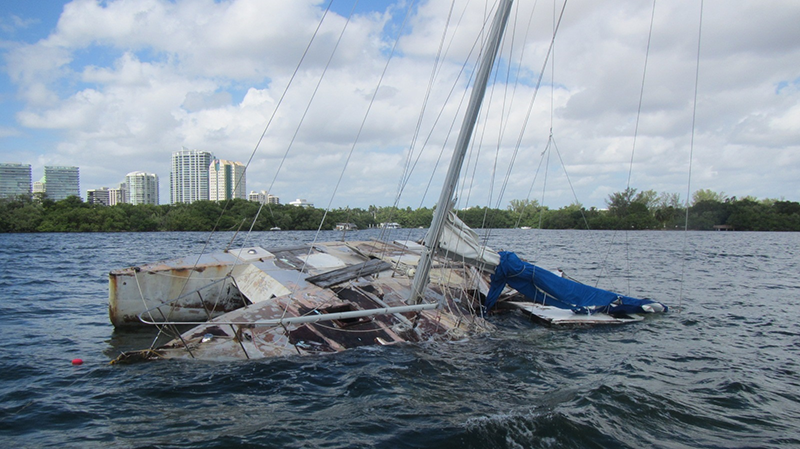
Ensures compliance with environmental regulations by addressing pollution sources and promoting safe practices to protect public health and the environment.
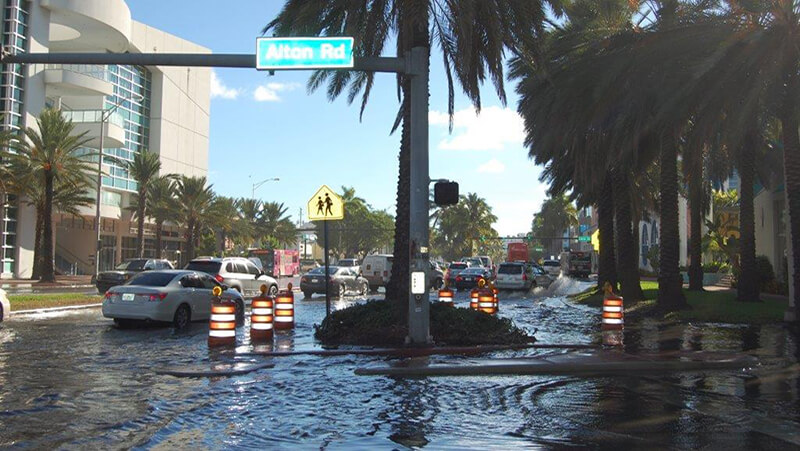
Goals include developing a resilient and environmentally sustainable future by identifying vulnerabilities, coordinating stakeholders and facilitating innovative solutions.
Online Services
Search more than two million environmental records in our online system.
Enter your address and find potential environmental impacts near you.
Report environmental complaints to DERM 24 hours a day, 7 days a week.
Get Involved
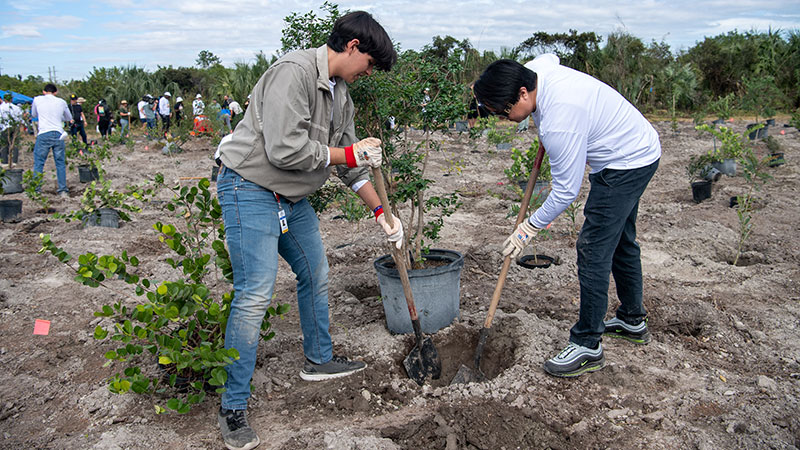
Volunteer to help clean up and restore some of Miami-Dade County's most sensitive lands.

Baynanza is an annual celebration that features dozens of events, culminated by the Biscayne Bay Cleanup Day.
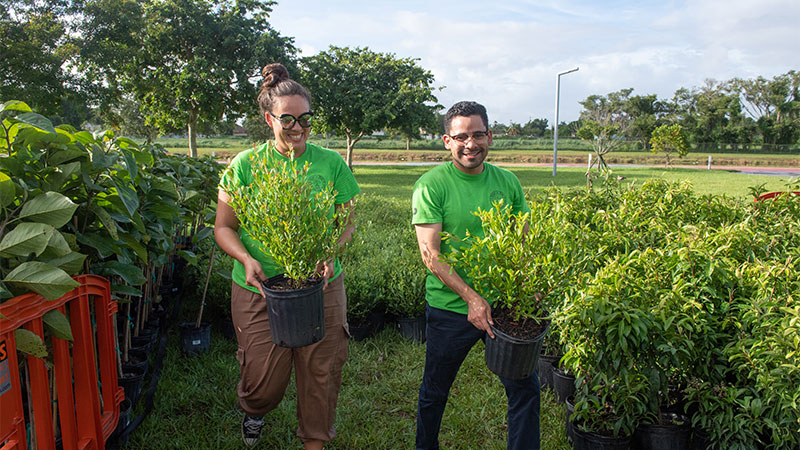
The Adopt-a-Tree program provides Miami-Dade County single-family and duplex homeowners with up to two free trees every year.
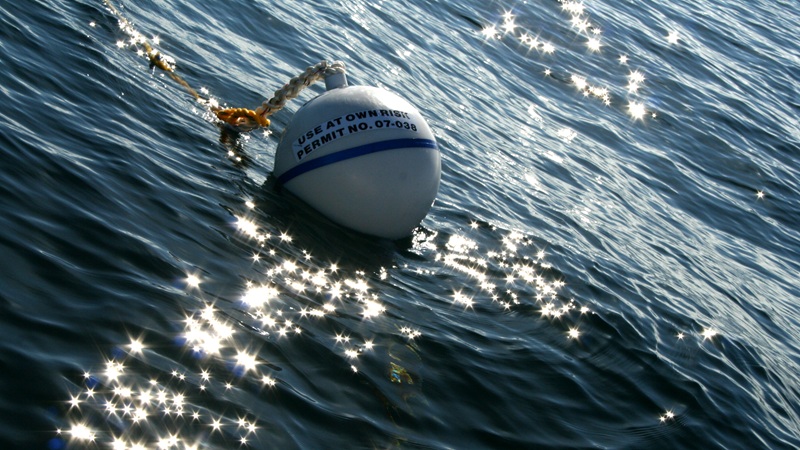
Help protect natural and artificial reefs from anchor damage by making donations to help fund the ongoing maintenance of the mooring buoys.
Latest News

Miami-Dade County and Vizcaya Museum and Gardens invites Miami-Dade County college and university students to participate in three student-design contests and a photography contest that is open to all.
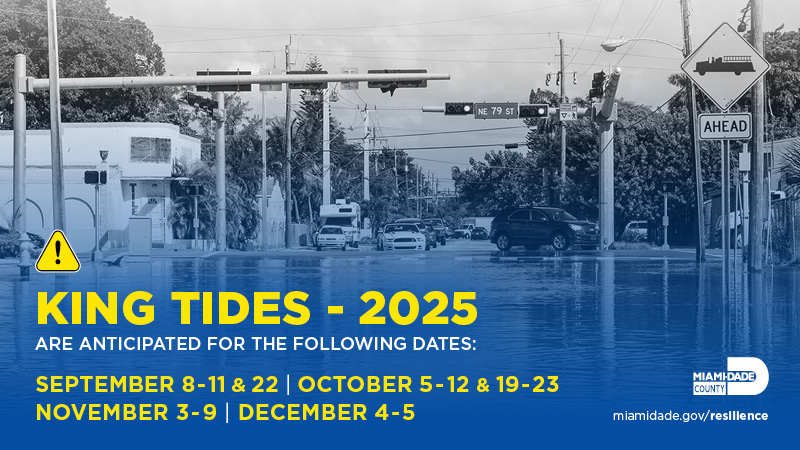
King Tides normally occur a few times per year and often cause nuisance flooding in coastal and low-lying areas.
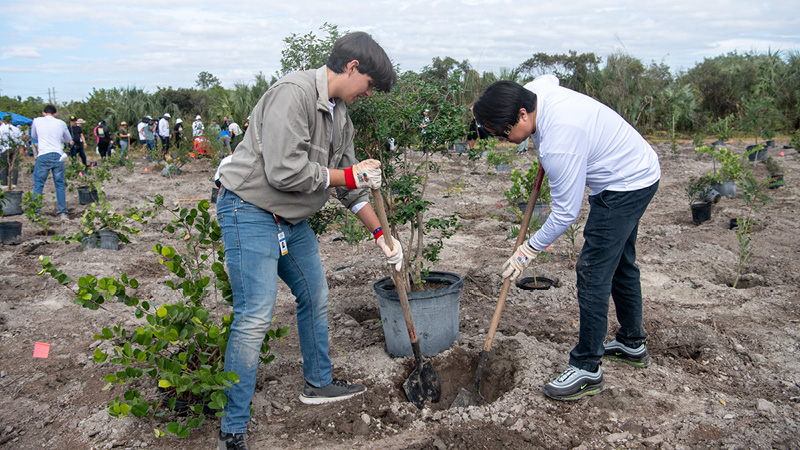
Miami-Dade County's Environmentally Endangered Lands (EEL) program needs your help to restore environmentally sensitive lands in Miami-Dade County.
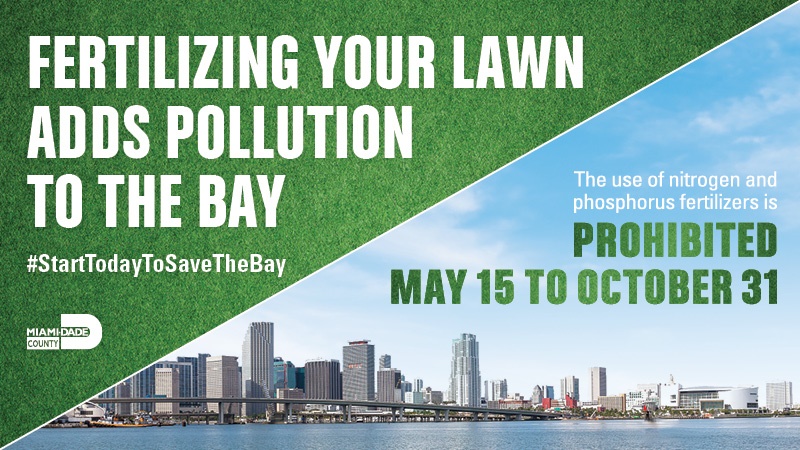
The fertilizer ordinance has specific rules for when, how much and where you can fertilize, how grass clippings and vegetative matter are to be handled, and what training is required for your business.

On March 27, Miami-Dade County Mayor Daniella Levine Cava released Miami-Dade County's Urban Forestry Plan, a blueprint to reach the County's goal of 30 percent urban tree canopy cover.
About Us
The Department of Environmental Resources Management (DERM) manages today’s growing needs while protecting our environment for tomorrow through responsible governance, smart policy and resource protection.
DERM’s authority and responsibility are rooted in both comprehensive local environmental regulation as well as State and Federally mandated legislation. Programs are designed to manage air, water and land resources for the health, safety and enjoyment of current and future residents and visitors.
